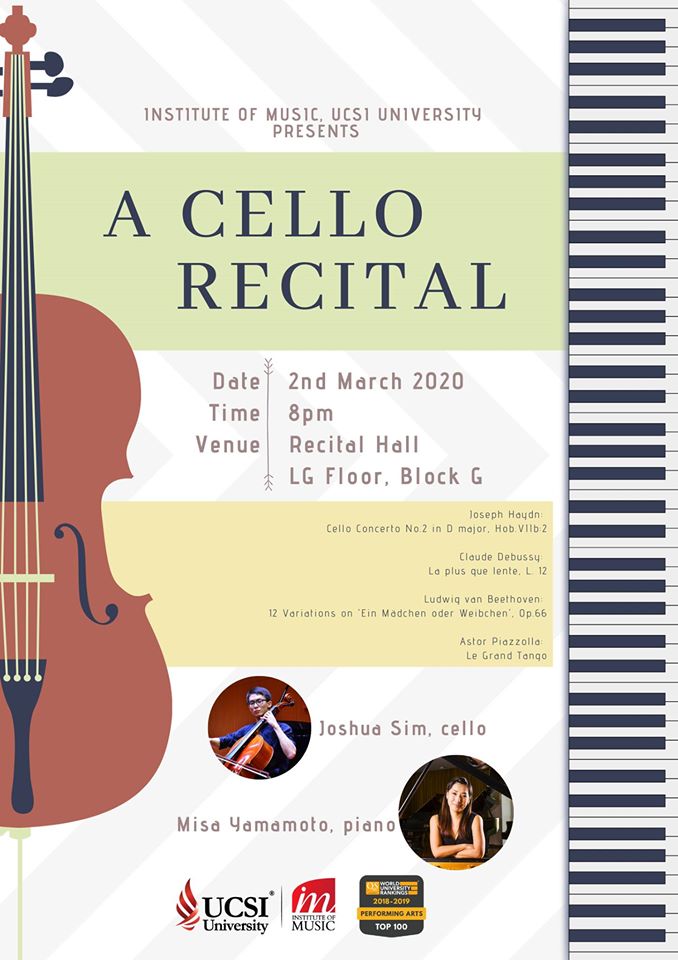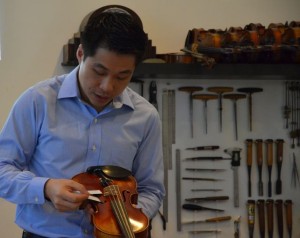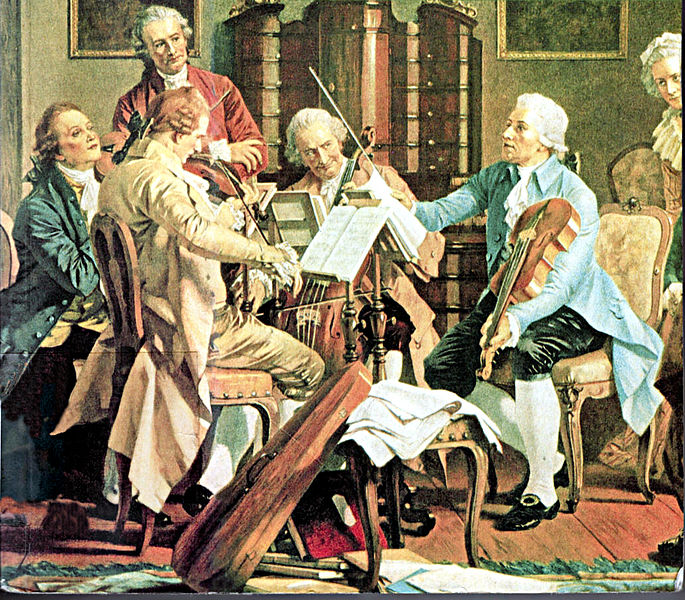String instruments eventually adjust their sound to the player’s individual style, evolving according to the way they are played.
Violins, violas and cellos are made up of a million parts and, as a result, produce a million sounds. “They are living souls. What goes on behind an instrument is organic,” said Singapore-based luthier Tong Ming Xi. “Their wood is made up of millions of cells and it all adds up.”
Tong was speaking at a recent Tonal Adjustment Workshop organised by his company, Tong Ming Xi Gallery, in Singapore.
He said that, in addition to the human input factor, the performance environment, variations in the weather, and physical aspects of the instruments—the bridge, fingerboard, string tension, choice of strings and so on—all contribute towards tonal production.
As musicians play their instruments, the strings cut deeper and deeper into the bridge and nut grooves, dampening the vibrations. “It’s all about vibration,” Tong said.
If the grooves are shallow, the strings sit higher and the vibration extends beyond the bridge. This makes the string longer; which gives more freedom, greater vibration and louder sound.
“By general consensus, the louder the violin the better,” Tong explained, suggesting that when the grooves on the bridge have worn too deep, the excess wood should be shaved off.
Another factor that affects tonal production is the position of the tailpiece, which varies the tension in the strings, Tong said. Generally, the distance of the tailpiece from the bridge should be about 53 mm for the violin, about 60 mm for the viola and around 125 mm for the cello.
Cleanliness is also an important ingredient in producing a nice sound. If instruments are left uncleaned or seldom cleaned, rosin builds up leaving a dull surface that doesn’t vibrate as well. “The moment a violin is tired from lot of playing it needs a good clean,” Tong said. “It’s like taking a shower. You feel refreshed after that.”
The workshop was the first of a two-workshop series and provided 14 participants with the opportunity to get their hands dirty and experiment with the different tonal colours that their instruments were capable of producing, all under the watchful eyes of the luthiers at the Gallery.








Recent Comments